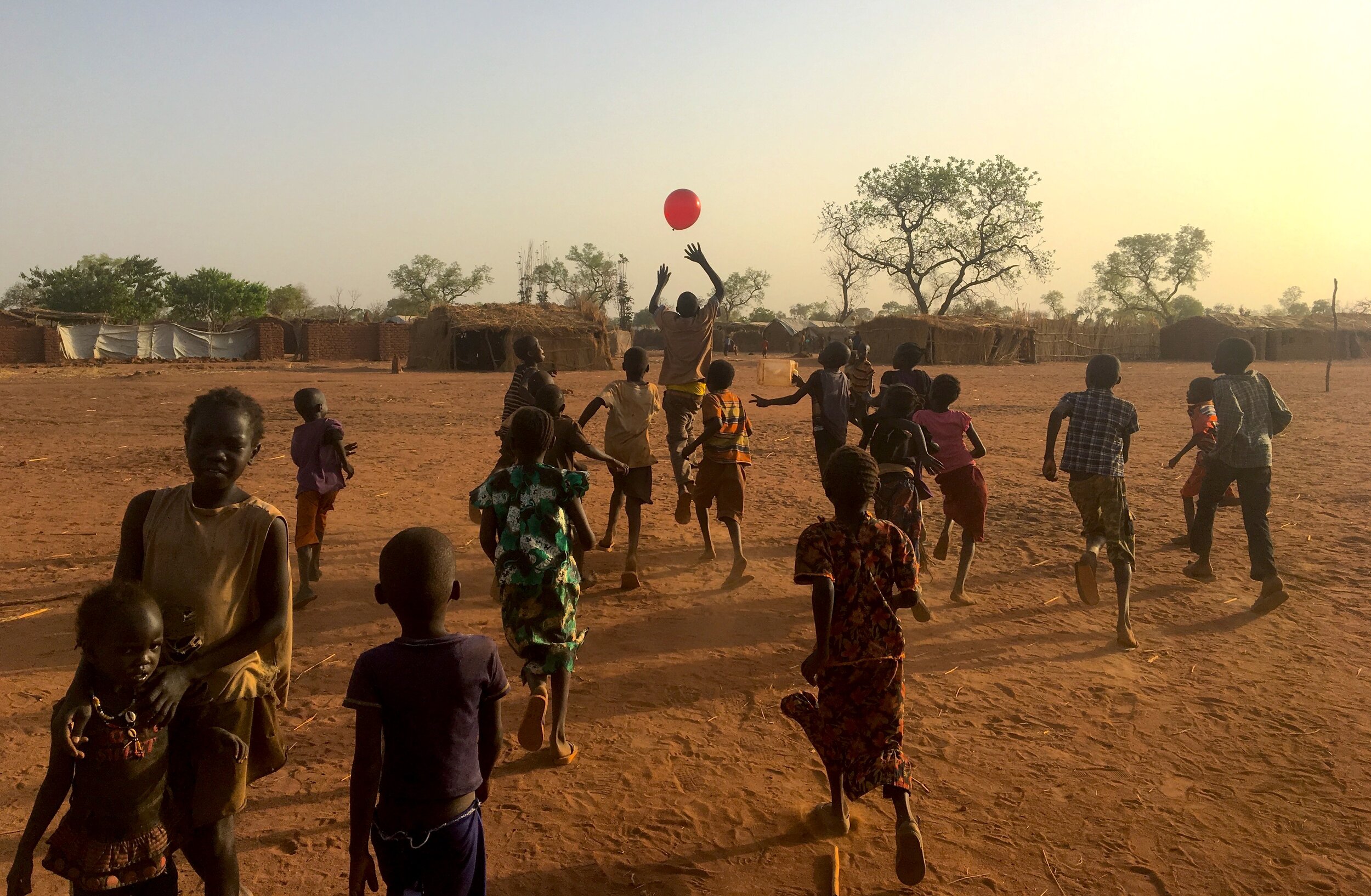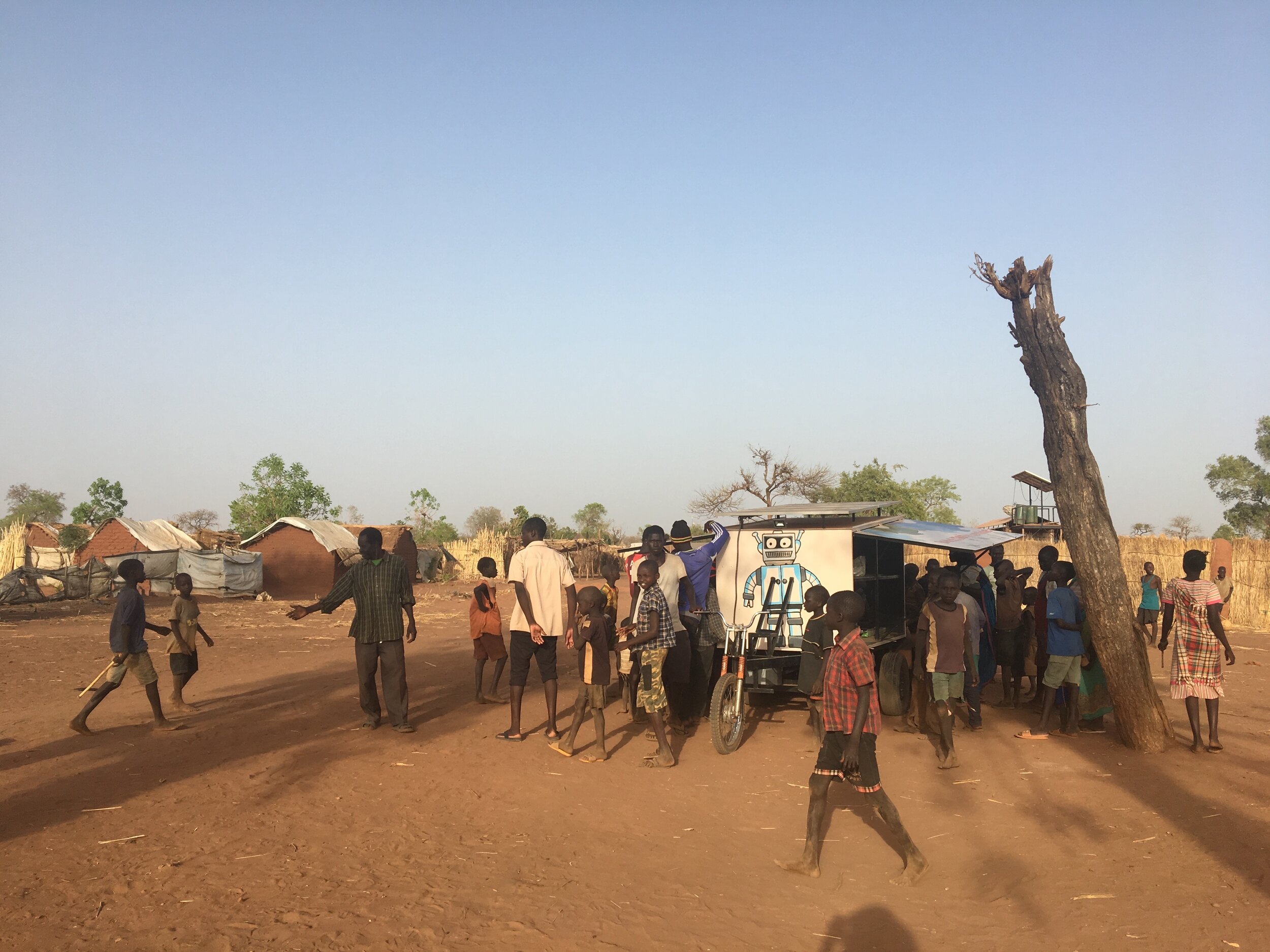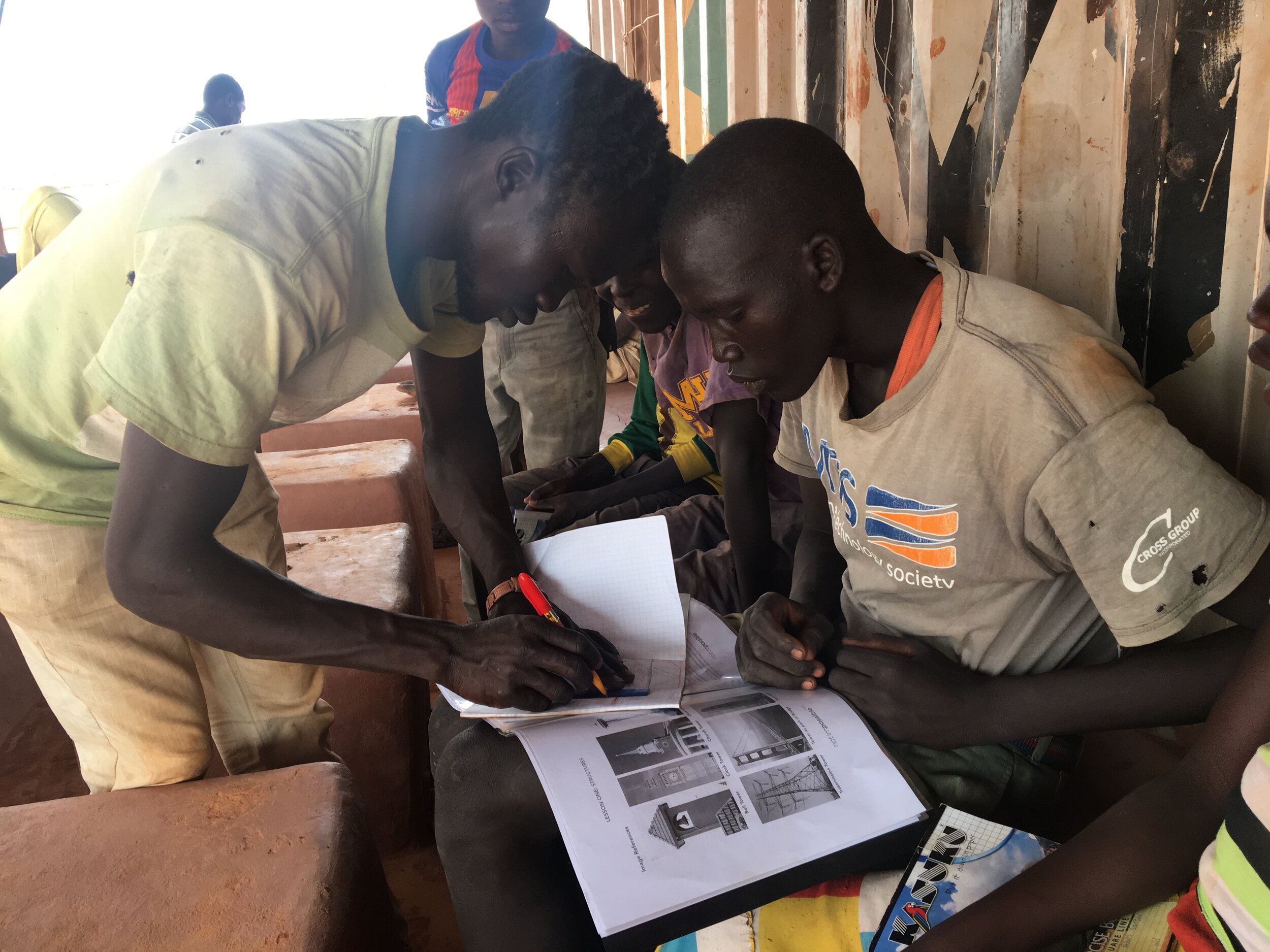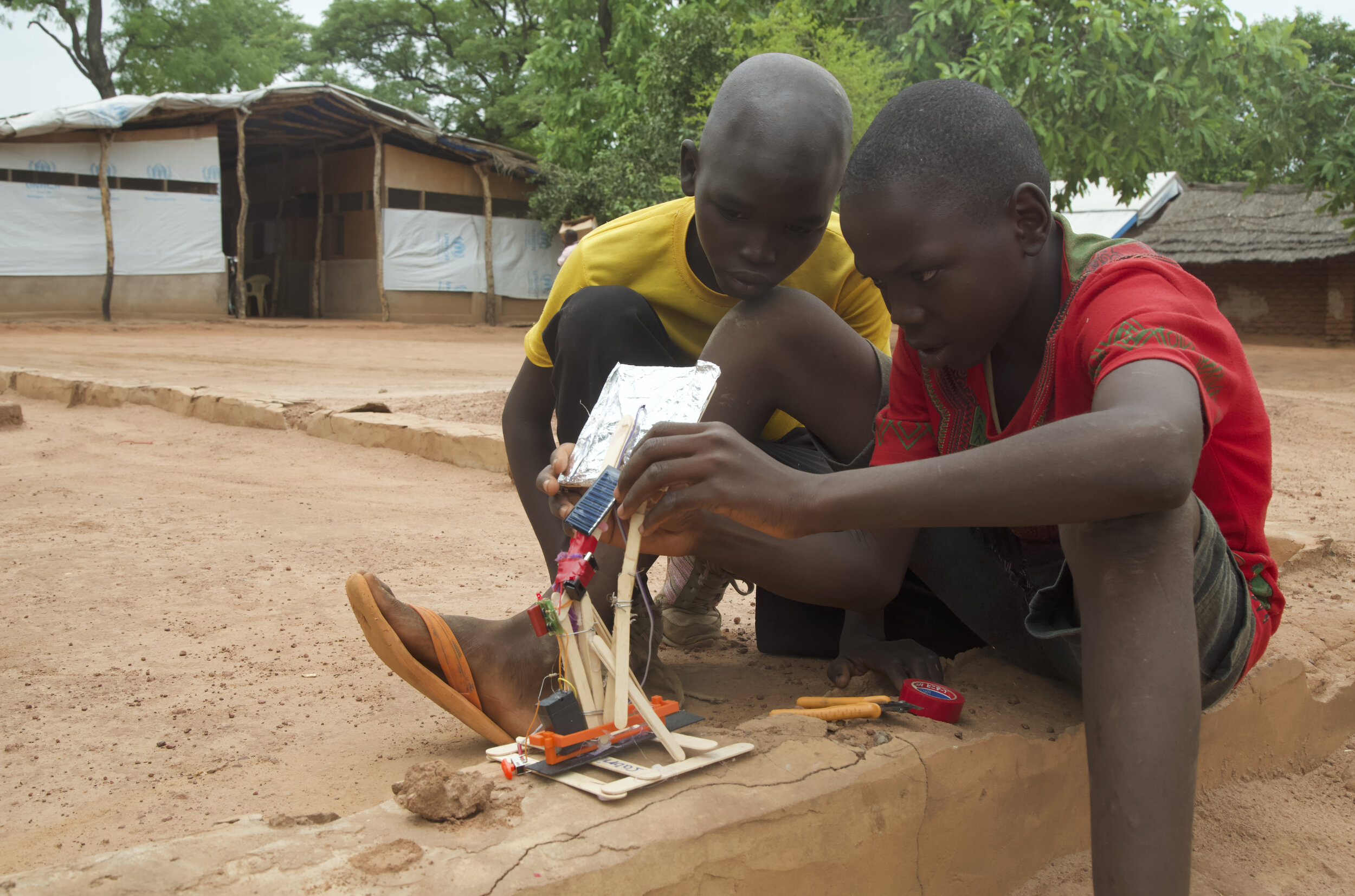BUILD














All photos by: Lesley D Onstott
This project is part of Not Impossible Labs.
Location: Yida Refugee Camp, Unity State, South Sudan
Date: R&D, June 2016 - March 2017; Field Pilot, March - July 2017
Challenge: Share design research and practice with refugee youth who live in remote environments with little access to “advanced” technological tools, resources and electricity.
Role: Co-creator, research lead, in-the-field project design lead, photographer / videographer
Team: Chris Low, Accessible Technology Advisor based in Yida; Michael Gathogo, Creator + Innovator based in Nairobi; Kabseleb Modir, Translator + Local PA; Local educators: Yasir, Beatris, Timas, Manal, Amsal, Darlang, Boles; Advisors: Carla Gomez Monroy, Erin Reilly
Hypotheses: In order to overcome constraints of access to information, tools and resources, providing project-based learning using primarily locally accessible materials would support confidence building and creative, solutions-based thinking in participating youth.
Process | MVP + Field Test:
MVP: Project-based learning curriculum: Five STEAM-centric topics that began with introductory projects incorporating primarily locally accessible materials and tools and concluded with the students identifying challenges in their communities to collectively solve by applying learned principles and techniques. Each topic spanned a 3-4 week period.
Mobile maker space: A self-powered, solar, mobile makerspace provides electricity to power simple tools, such as soldering irons, and can easily travel around the displaced persons camp reaching more students and community members.
Field Test:
4 months in Yida piloting the program
50 students: 50% male, 50% female, aged 11 - 18
One teacher from each of eight schools assisted during the twice-weekly classes of 25, as well as participated in an additional, weekly design thinking workshop.
Outcomes: Through observation, student and teacher interviews near the beginning and end of the program, and surveys at the program’s conclusion our primary feedback and learnings:
95% of students claimed they “have a better attitude about school since beginning to participate in this activity”
67% of students strongly agreed that they “discovered a talent or an interest I didn’t know I had”
95% of students say that “this activity has given me confidence to try to solve difficult problems that I face”
Additional reference and more familiar reference materials are needed to introduce new subjects with which students are otherwise unfamiliar - More upfront surveying and research is needed
Supporting the under resourced schools and teachers would provide even more sustainable design thinking teaching methods
Instructors are eager to learn to implement our curriculum and approaches, but we need more resources to support and build confidence in instructors
Students developed confidence to utilize accessible resources and their own intellect / abilities to experiment with finding solutions to the challenges facing themselves, their families and their community; however, more support and open lab time could have better supported tinkering and building outside of class time
Watch the Build Trailer, produced by Not Impossible Labs
Role: Videographer + Field Producer